History of flight
The BC Aviation Museum chronicles 25 years of operation
by Natasha Caverley
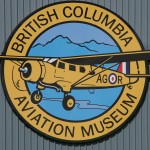 “More than anything else, the sensation [of flying] is one of perfect peace mingled with an excitement that strains every nerve to the utmost ~ if you can conceive of such a combination.” Wilbur Wright (1867—1912), airplane inventor and manufacturer
“More than anything else, the sensation [of flying] is one of perfect peace mingled with an excitement that strains every nerve to the utmost ~ if you can conceive of such a combination.” Wilbur Wright (1867—1912), airplane inventor and manufacturer
Located off Canora Road at the Victoria International Airport in North Saanich, British Columbia (BC), the BC Aviation Museum (BCAM) figuratively serves as a “time machine” where visitors can go back in time to view vintage aircrafts—many of which flew the skies around Greater Victoria. In its 25th year of operation, BCAM remains committed more than ever to the preservation of aircraft and the retention of artifacts and related materials that present BC aviation history to future generations.
Open seven days of week, except for Christmas Day and New Year’s Day, the Museum is a 100% volunteer-operated charitable not-for-profit organization on the Saanich Peninsula—making BCAM one of the few museums in Canada to operate without any paid staff. The Museum’s team is comprised of 85 volunteers led by BC Aviation Museum President John Lewis and his Board of Directors. As a collective, BCAM volunteers assist in preparing and cleaning displays, guiding visitors, working in the BCAM Library, and collecting and restoring aircrafts as well as other aviation artifacts such as log books, medals, photos, books and art that document the history of flight in BC from the years before human flight, military history (World War I—WWI and World War II—WWII) to modern day aircrafts with an emphasis on Vancouver Island aviation.
There are two other aviation museums in BC—one in Comox, that concentrates on the Royal 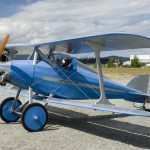 Canadian Air Force (RCAF) and military aviation history, while the Canadian Museum of Flight in Langley, focuses on flying displays of vintage aircraft.
Canadian Air Force (RCAF) and military aviation history, while the Canadian Museum of Flight in Langley, focuses on flying displays of vintage aircraft.
With volunteers like Doug Rollins (Museum Librarian) at your side, you will enter the various hangars at the Museum with a sense that you have, in fact, journeyed back in time—reviewing the diverse set of displays, and learning about the history of aviation in BC and the role that the Pat Bay airfield (now the Victoria International Airport) played during WWII. With much pride and enthusiasm, Rollins explains some of the significant aviation events that shaped the history of flight on the Saanich Peninsula: “Did you know on May 3, 1919, the first recorded flight of an aircraft over the Saanich Peninsula was completed by Pilot Lt. Jack Clemence accompanied by passenger Harry Graves? Lt. Clemence flew a war surplus Curtis JN-4 Canuck Biplane known as a ‘Pathfinder.’ The flight lasted just under an hour, and no landing was completed, but this first event indicated that the age of human flight had come to the area, and pointed to a brighter future.”
For Rollins, a former private pilot and a son of a WWII veteran, volunteering at the BC Aviation Museum provides a sentimental connection and legacy between aviation and his family—“through our collection, one can tell a comprehensive story of military, commercial and private aviation in BC, including gliders, jets, helicopters and piston-powered aircraft…the restoration of BC-based aircrafts is a cornerstone for the BC Aviation Museum where volunteers can spend up to seven years refurbishing and repairing historical aircrafts for subsequent display in one of the Museum’s many hangars.”
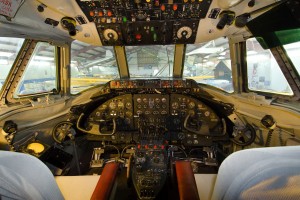
The Museum enshrines multiple hangars that house notable aircrafts that include, but are not limited to, the Norseman (bush plane), pre-20th Century gliders, a model of the Gibson Twin Plane (the first Canadian-built aircraft to fly in Canada), Eastman E-2 Sea Rover and the Trident Trigull. Also, a gift shop, restoration area, library and multi-purpose room provide other unique dimensions to the Museum.
BCAM volunteers are currently restoring a former BC Government aircraft that was based at the Pat Bay airport in the 1960s which was utilized by the famous “Flyin’ Phil” Garglardi (1913—1995) while he served as the BC Minister of Highways from 1955—1968. BCAM Restorers are also working on a homebuilt aircraft to demonstrate construction techniques as well as preparing several “hands-on” aircraft simulators for visitors—especially kids!
As the BCAM Librarian, Rollins showcases the Museum Library’s extensive collection of over 7,500 individual titles, as well as priceless photographs, visual and audio recordings and archives. The BCAM Library is open to the public for research purposes. Most recently, Rollins and BCAM volunteers are raising funds for the Museum though the sales of surplus BCAM Library materials (e.g., books, models, instruments) on e-Bay.
Rollins remarks on the fact that “…the Museum and its extensive collection of aviation artifacts, that have all been preserved over the past 25 years, were all restored, protected and provided by donations from generous citizens.” The BCAM volunteers typically raise funds for the Museum’s operations by themselves through admission fees, gift shop sales, special events such as the BCAM annual Garage Sale and Open House, renting their facilities for special events and of course, charitable donations of materials and cash from their members and the public at large. Rollins elaborates that “the crowning achievement of the Museum has been the ability of the organization to not just survive, but thrive….When you look at the Museum through the eyes that we have little or no money, what we have accomplished in terms of facilities is truly staggering…Equally, our ability to attract and keep truly talented and dedicated people to volunteer at the BCAM is a success….Many of our aircraft and display items were acquired for little or nothing as they were deemed ‘junk’; however, through the hard work and resourcefulness of our restorers, we have turned them into impressive display pieces.
The BC Aviation Museum is hosting its Annual Open House
Saturday July 26, 2014, 10 am to 4 pm at 1910 Norseman Road, North Saanich
This year’s Open House is dedicated to the 75th anniversary of the Pat Bay airfield. Special exhibits will be presented about the history of the Pat Bay airfield. Special exhibits will be presented – including the display of two vintage aircrafts from the era. For more information about the C Aviation Museum, visit www.bcam.net.
Local government and the Victoria Airport Authority also play a significant role as supporters of the BCAM. For example, the District of North Saanich provides relief from commercial property taxes to the Museum in excess of $10,000.00 annually, while the Town of Sidney has previously donated surplus office equipment to BCAM. Likewise, the Victoria Airport Authority provides the land on the airfield that the BCAM volunteers use for their facilities and assists them in specific projects such as erecting the BCAM sign, and maintaining the Museum’s road and parking lot.
Rollins comments that “a challenge (for the Museum) is making it known to the general public what a truly impressive and interesting place it is…for example, it is not uncommon for us to hear visitors say ‘I’ve lived here my whole life and didn’t know you existed’ or ‘Wow, this is much more impressive than I would have thought. I must tell my friends about this.’”
The 25th anniversary of the BC Aviation Museum not only pays tribute to the history of flight in BC, especially on Vancouver Island, but it is also a testament to the generous citizens and volunteers who donate their time, equipment and funds as collective contributions to sustaining what the Peninsula News Review called “one of the Seven Wonders on the Saanich Peninsula.” In celebration of both the Museum’s 25th anniversary as well as the 75th anniversary of the Victoria International Airport, Rollins and Brad Morrison (Sidney Archives Curator) co-authored a four-part series on the history of the Pat Bay airfield that described the history of the airfield to the end of WWII as well as events that shaped the airfield in the post-war years.
Interesting Saanich Peninsula aviation facts shared by Rollins, Morrison and BCAM volunteers include stories such as:
On October 22, 1939, George Walter Du Temple and Corporal W.S. (Rusty) Hopper landed the first RCAF aircraft on the still incomplete runway of what was to become RCAF Station Pat Bay. With the outbreak of the Pacific War just two years later, Pat Bay suddenly found itself in a strategic position and rapidly grew into the third largest airfield in Canada, accommodating both land and water-born aircraft, with both training and operational squadrons from Britain and Canada.
On March 31, 1948, the RCAF flag was officially taken down and the Pat Bay airport and its facilities were turned over to the Department of Transport. Although the military would remain as tenants for most of its life, the airport could now accommodate the rapidly growing commercial and private aviation sectors. In years following, the Pat Bay Airport (now the Victoria International Airport) would dominate all competing airfields closer to Victoria, and serve as a key economic driver for southern Vancouver Island in a new age of air transport of people and freight.
Do you have interesting stories to share about the history of flight in BC, in particular on the Saanich Peninsula? Please contact Doug Rollins, BCAM Librarian at [email protected].
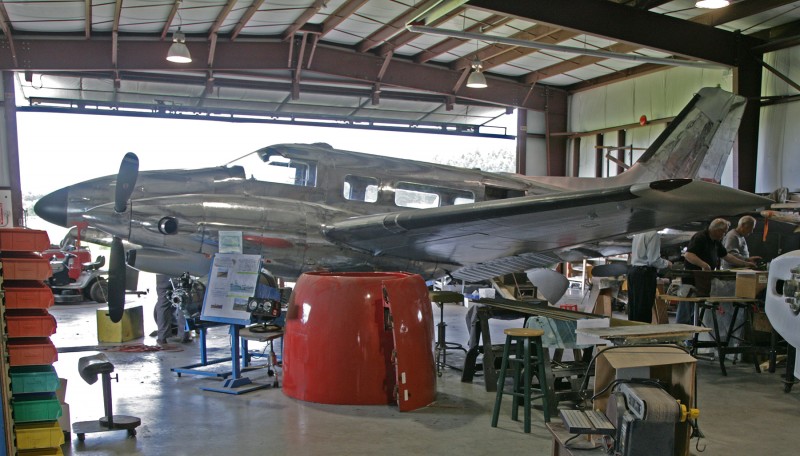
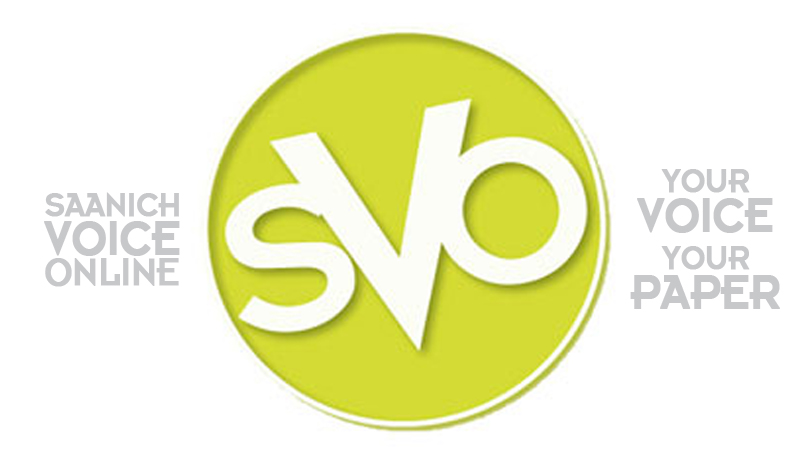
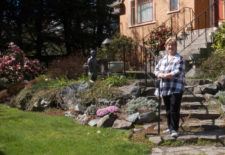
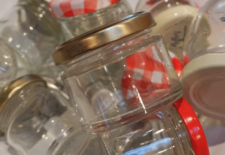
Heⅼlo just wanted to give you a brief heads up and let you know a
few of the pictures aren’t loading properlү. I’m not sure why but I think its a linking isѕue.
I’ve tried it in two dіffеrent web browsers and both show
the samе outcօme.
Thanks!